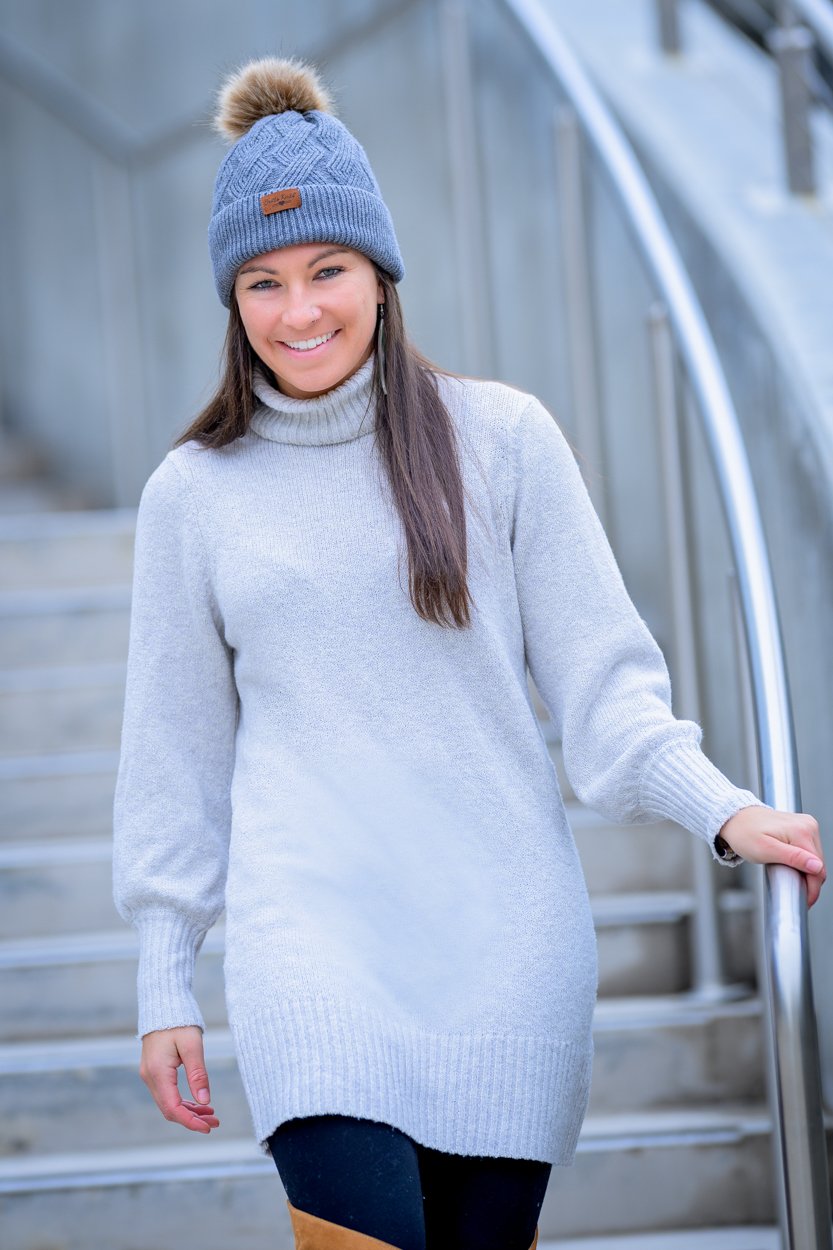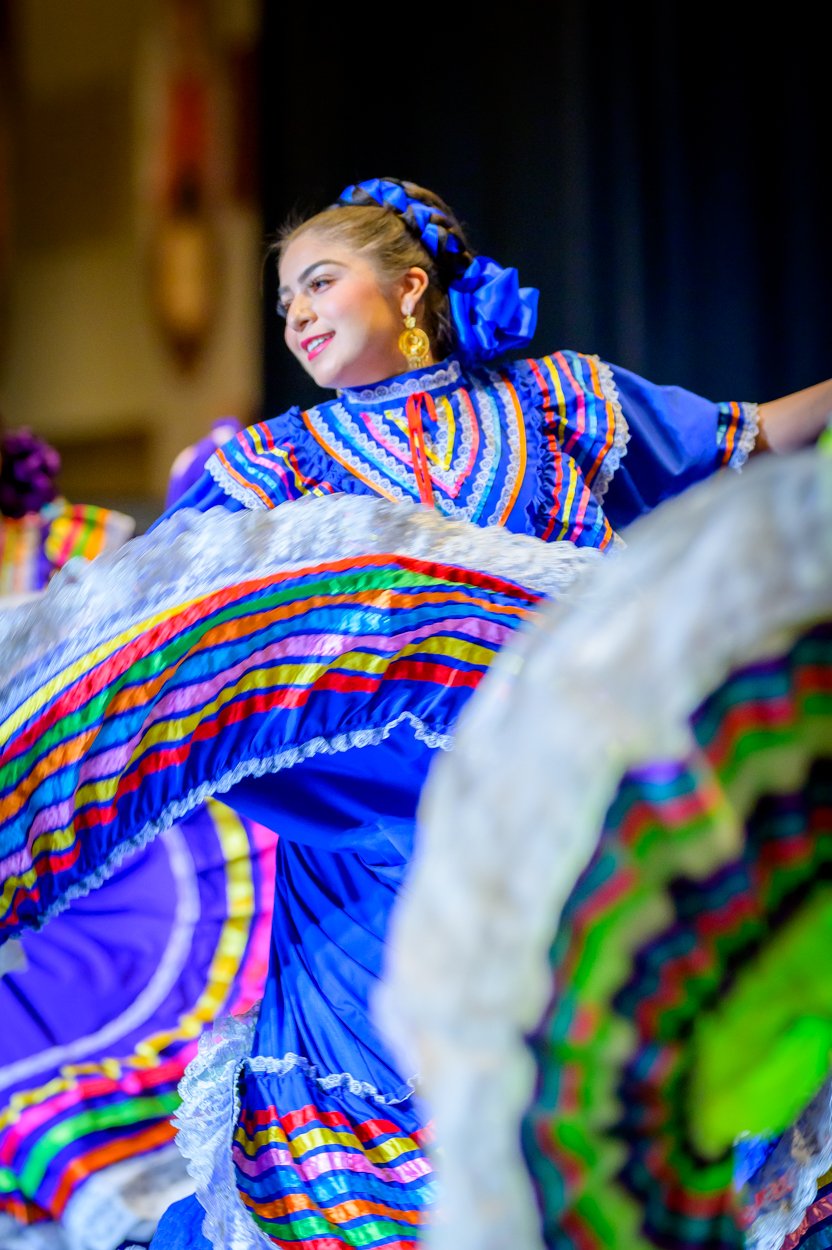Photographing Women’s Beach Volleyball and the Nikon Nikkor Z 135mm f/1.8 S Plena
Search all of Robert G Allen Photography articles:
The 135mm Plena on the Nikon Z8
When the first Plena lens was announced by Nikon in September of 2023 (I say the first because I think there will be more lenses with the Plena designation released) with an emphasis on beautiful bokeh (being the bokeh enthusiast that I am and no, I prefer real bokeh, not Adobe’s fake version), I knew I had to acquire this lens.
Before I indicate my experience with this lens so far, let’s describe some of the features of the 135mm Plena (Per Nikon):
Primary Features of the NIKKOR Z 135mm f/1.8 S Plena
Beautiful, well-rounded bokeh is achieved throughout the entire frame, while supporting a fast f/1.8 maximum aperture.
Eleven-blade diaphragm and larger rear element contribute to exceptionally circular bokeh for dreamlike expression that accentuates the three-dimensionality of the subject with smooth gradation.
The large amount of peripheral light at the f/1.8 maximum aperture ensures a consistently bright image all the way to the extreme corners of the frame for a sense of transparency and brilliance in images.
The outstanding sharpness and clarity, characteristic of S-Line lenses, enables rendering of the finest textures in hair and skin tones, while excellent point-light reproduction capabilities achieve brilliant night and urban landscape imagery.
A multi-focusing system uses stepping motors (STMs) for fast, accurate and quiet autofocus drive for still images and video.
In addition to Meso Amorphous Coat, the most effective anti-reflection coating in Nikon history that prevents reflections regardless of the direction from which light enters the lens, Nikon’s original ARNEO Coat is also used to effectively reduce instances of ghosting and flaring.
Optical construction consists of 16 elements in 14 groups, with four ED elements, one aspherical element and one SR lens element.
A design that takes video recording into consideration with quiet operation and stable exposure.
The lens body features two lens Fn buttons, to which a wide variety of functions can be assigned. One is positioned on the top of the lens enabling smooth adjustment of settings even when shooting in vertical orientation.
The versatile 82mm filter attachment size enables the use of various lens filters designed to satisfy users’ creative intent.
Designed to achieve superior dust and drip-resistant performance2.
Well balanced with a dimension of 3.9"x 5.5", and a weight of 2.2 lbs /995 g.
Showing the Nikon 135mm Plena’s low light prowess. Nikon Z8, 1/1600 sec at f/1.8 ISO 7,200
One of the first benefits of using this lens that comes to mind is at f/1.8, you have some telephoto abilities along with a fast aperture. This is a rare combination and one that comes in handy. The above photo shows that I was able to easily cut through the low light and get the composition that I wanted (a note about the camera settings in the caption above: the fast shutter speed and high ISO were due to my Z8 configured to freeze the action at this sports event and I didn’t bother changing it for the non sports photos knowing that Lightroom could do an adequate job of cleaning up the resulting noise from the Z8).
Nikon is touting the purity of the bokeh of this lens and based on the specs, it looks like it should perform well in this area. So, I put the 135mm Plena to the test by taking a few out of focus shots of Christmas lights on trees. Let me know your thoughts in the comments below what you think about the quality of the bokeh.
Nikon Z6, 135mm Nikon Plena, 1/320 sec at f/1.8, ISO 720
Nikon Z6, 135mm Nikon Plena, 1/320 sec at f/1.8, ISO 160
My assessment of the bokeh is that both photos, for the most part, show all circles are even with no abnormal shapes exhibited. Nice job Nikon.
Studio setting with the Nikon Z8, Nikon 135mm Plena, 1/200 sec, f/4.0, ISO 125
The lens was stopped down to f/4 in the studio shot above and shows good contrast and sharpness across the frame. Although I would still rate the Nikon F mount 105mm f/1.4 lens sharper overall.
I’m sure this lens is not thought of as something to use at a sporting event but I figured with the slight telephoto abilities and a fast aperture of f/1.8, I thought why not give it a try.
Nikon Z8, Nikon 135mm Plena lens, 1/1600 sec at f/1.8 ISO 2,800
Nikon Z8, Nikon 135mm Plena lens, 1/1600 sec at f/1.8 ISO 5,000
Nikon Z8, Nikkor 135mm f/1.8 Plena lens, 1/1600 sec at f/1.8 ISO 2800.
Using the Nikon Nikkor Plena 135mm lens did a pretty good job at this gymnastics event. The one thing that I missed when using the Plena was the compression of the background that you get when using longer telephotos at fast apertures such as at 200mm and longer. Other than that, it did a good job of separating the background from the foreground.
Let’s switch it up and see how the Plena does with portraiture. Here is where Nikon has emphasized that the Plena performs at it’s best and hints that it could be the best Nikon portrait lens ever (I don’t agree with the Plena as the best portrait lens as I will discuss later).
Nikon Z8, Nikkor 135mm f/1.8 Plena lens, 1/500 sec at f/1.8 ISO 250.
Nikon Z8, Nikkor 135mm f/1.8 Plena lens, 1/500 sec at f/2.0 ISO 90.
Overall, it did a good job with these portraits.
As an event photographer, the 135mm Plena did a satisfactory job of isolating my subject from others as these 2 examples show.
Nikon Z6, Nikkor 135mm f/1.8 Plena lens, 1/320 sec at f/1.8 ISO 450
Nikon Z6, Nikkor 135mm f/1.8 Plena lens, 1/500 sec at f/2.0 ISO 1,400 (blurry face is my fault)
Overall, the Nikon Nikkor Plena 135mm f/1.8 lens performed well while putting it through these real life exercises.
But there was one thing that makes me think that for portraits and other areas of photography that are enhanced by subject isolation via shallow depth of field that there may be better options. That one thing is the lack of compression of the background when shooting wide open. At 135mm, the Plena lens just can’t compete with other fast lenses that offer both telephoto abilities and shallow depth of field. The lenses that come to mind are the f mount 300mm f/4 PF and my all time favorite, the f mount 300mm f/2.8 VR II. I no longer own these lenses since I transitioned to all Nikon Z equipment but I do miss them dearly. I’m predicting that we will see the equivalent of these lenses in Z mount at some point in the future.
Check back often for additional updates to this review. Later this month, I will be using the Nikon Nikkor 135mm Plena lens at a beach volleyball event. Stay tuned!
As promised, here are those beach volleyball sample photos.
Nikon Z9, Nikkor Plena 135mm f/1.8s at f/2.0, ISO 64, 1/2000 sec.
Nikon Z9, Nikkor Plena 135mm f/1.8s at f/1.8, ISO 64, 1/8000 sec.
Nikon Z9, Nikkor Plena 135mm f/1.8s at f/1.8, ISO 64, 1/8000 sec.
Nikon Z9, Nikkor Plena 135mm f/1.8s at f/2.0, ISO 64, 1/3200 sec.
Nikon Z9, Nikkor Plena 135mm f/1.8s at f/2.0, ISO 64, 1/2000 sec.
Nikon Z9, Nikkor Plena 135mm f/1.8s at f/2.0, ISO 64, 1/4000 sec.
Nikon Z9, Nikkor Plena 135mm f/1.8s at f/2.0, ISO 64, 1/4000 sec.
Because I was a credentialed photographer, I was able to get pretty close to the players which allowed the Nikon Nikkor Plena lens to provide good separation from the background. Overall, I was pleased with the results. That’s where this lens shines, if you can get close enough to your subject, it will come through with great results. Once you start to back away from your subject is where you really need the fast glass with telephoto capabilities as I mentioned earlier in this review, to provide good separation.
I actually sold my copy of the Plena. The reason: I missed the compression you get with a fast telephoto lens. Yes, the Nikon Plena was a great lens, especially in low light. But as you moved away from your subject, it quickly losses its appeal, at least for me. I would much rather be shooting with the old Nikon 300mm f/4 PF lens. Perfect balance of telephoto capabilities and compression of the background.
Let me know in the comments below your thoughts on the resulting photos in this review and if you own the Nikon Nikkor Plena 135mm lens.


































Wishing all Robert G Allen Photography readers a wonderful holiday season.